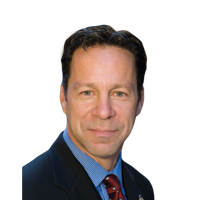Home » Keywords: » continuous improvement
Items Tagged with 'continuous improvement'
ARTICLES
Lean with Lazarus | Ian R. Lazarus
It is the delighters that separate world class companies from the rest of the pack.
Read More
Software & Analysis
Don’t Touch That Process-Improvement Dial!
Despite your best intentions, you cannot improve a process without first differentiating between common and special causes.
March 21, 2024
The Quality Show South
Podcast: Wicked Good Leadership: How to Leverage Lean to Engage People and Grow your Business
March 15, 2024
Face of Quality | Jim L. Smith
Everyone Embracing Change is Key to Success
Change Management
January 3, 2024
Face of Quality | Jim L. Smith
Marketplace Projection is a Minefield
Predicting marketplace demand is not an exact science.
October 25, 2023
Fellow Traveler | Daniel Zrymiak
Stakeholders: Adroit Navigation for Managing Up and Across
A quality leader within an organization must be an adroit navigator.
October 20, 2023
Face of Quality | Jim L. Smith
Part 2: Delivering the Best
We need to establish clarity about what is expected.
September 27, 2023
Management
4 Ways Manufacturers Can Drive Business Efficiency With AI
Every advancement counts in today’s fiercely competitive economy.
September 11, 2023
Face of Quality | Jim L. Smith
Part 1 of 2: Delivering the Best
I would have never achieved those positive results without someone taking an interest in pushing me.
September 10, 2023
Face of Quality | Jim L. Smith
Do the Right Thing at the Right Time for the Right Reason
Back to basics.
August 18, 2023
Get our new eMagazine delivered to your inbox every month.
Stay in the know with Quality’s comprehensive coverage of the manufacturing and metrology industries.
SIGN UP TODAY!Copyright ©2024. All Rights Reserved BNP Media.
Design, CMS, Hosting & Web Development :: ePublishing












